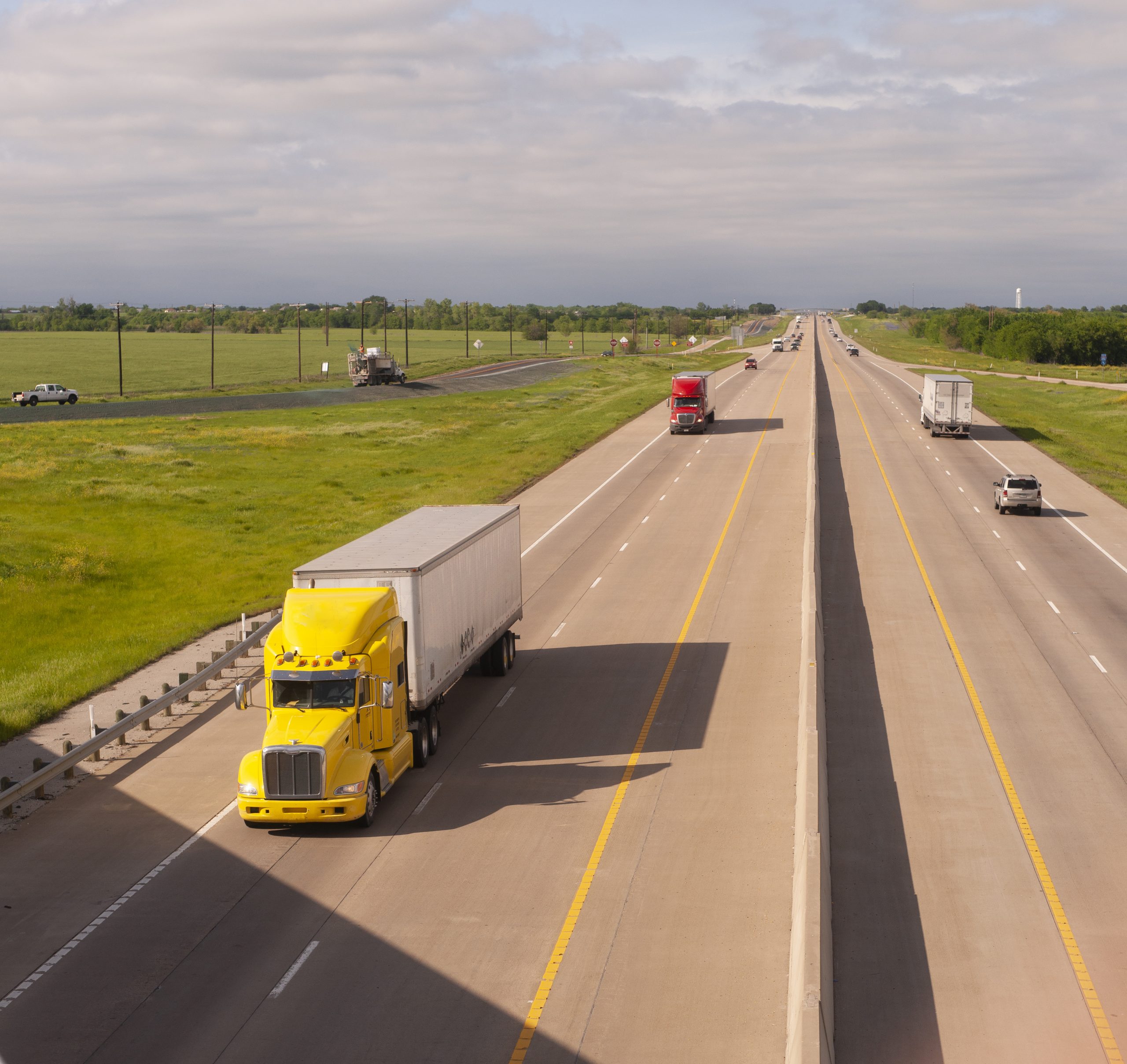
According to the Bureau of Labor Statistics (BLS) and the Occupational Safety and Health Administration (OSHA), the number of workplace fatalities have increased for several years in a tow. Back in 2016, there were 5,190 workplace fatalities. Not only was that a seven percent increase from 2015, but it also was the first time since 2008 that the number rose above 5,000. The BLS also reported the rate of workplace fatal injuries was 3.6 per 100,000 full-time equivalent workers in 2016. By 2018, that number had risen to 5, 250, a two percent increase from the 5,147 reported in 2017. At the same time, the fatal injury rate was steady, at 3.5 per 100,000 full-time equivalent workers all three years.
Transportation Accidents are the Most Frequent Cause of Workplace Accidents and Fatalities
In addition to the rising workplace fatality numbers, the BLS also reported that transportation incidents cost workers their lives more than any other type of accident. In 2016, transportation accidents caused a full 40 percent of all workplace fatalities, which means they led to 2,083 fatalities.
This makes sense, since transportation accidents are the single-largest cause of workplace accidents, both nationwide and in Texas, including San Antonio. These accidents happen in a variety of ways, including the following:
- Collisions between two or more work vehicles
- Collisions between work and personal vehicles
- Workers being struck by a work vehicle
- Workers being struck by a personal vehicle.
- Single-vehicle accidents
- Back-over accidents
The Most Common Reasons for Transportation Accidents
Transportation-related accidents can happen for any number of reasons, with distractions seemingly leading the way. Of course, distraction has become a major issue for all drivers, whether on the job or not. Texting co-workers, reading emails, and trying to look at paperwork while driving a vehicle are all common reasons for vehicle crashes, whether they hit another vehicle, another worker, or an object.
Speeding, tailgating, and inappropriate lane changes, among other forms of reckless driving, increase the risk of vehicle crashes, particularly when driving within a worksite that lacks distinctly marked roads or traffic signals. In addition to more traditional accidents, back-over accidents may occur when drivers are, or when other workers find themselves in a vehicle’s blind spot. This often happens when a worksite lacks sufficient communication and/or supervision. Occasionally, workplace transportation accidents cases happen when drivers are impaired by alcohol or drugs, including either prescription or over-the-counter medications.
In addition to those factors, fatigue is a genuine issue in many workplace transportation accidents. Too often, workers who drive on the job work in very strenuous and physical industries, and many are forced to work long hours on each shift, even if they are already overly tired. This is a common complaint when it comes to jobs in the oil and gas industry. Fatigue is a genuine and legitimate impairment while driving, and the results can be as devastating as drunk driving. In addition to being unable to operate the vehicle, a fatigued worker who’s driving may have delayed response times and they miss hazards they encounter, even if they don’t just fall asleep behind the wheel.
OSHA Has Been Paying Extra Attention to Transportation Accidents
With the total number of workplace fatalities rising at least two percent every year at a time when safety officials are looking to turn that around, OSHA has increased the attention it pays to transportation hazards in the workplace. They are paying more attention to this area of worksites because they feel that workplace fatalities should never be considered a cost of doing business. They have been encouraging employers to take a systematic approach to transportation safety that includes putting in place policies and procedures, in addition to risk assessment techniques designed to address major causes of workplace injuries and fatalities, and thorough training for all workers, including training for operators, and those who have to work in the vicinity of worksite vehicles.
From the perspective of workplace safety experts, including those at OSHA, the safe operation of vehicles on a worksite requires plenty of leadership from the top down. Managers and supervisors should set the tone from the top down and engage all workers in the safety process. Everyone should be able to identify hazards and measure safety performance, with the intention of showing continuous improvement.
Of course, the problem isn’t just with the operation of vehicles on the worksite. According to BLS data, many, if not most, workplace transportation accidents were recorded by driver/sales workers and commercial truck drivers, with commercial truck crashes leading the way. Their data shows that, in 2018, heavy and tractor-trailer truck drivers had the most fatalities at 831.
In addition to its own work on the problem, OSHA has also collaborated with a number of organizations that advocate for commercial truck drivers to address the epidemic of opioids and substance abuse in general. They are also attempting to address mental health issues, which they feel seems to be a pervasive problem in too many workplaces.
